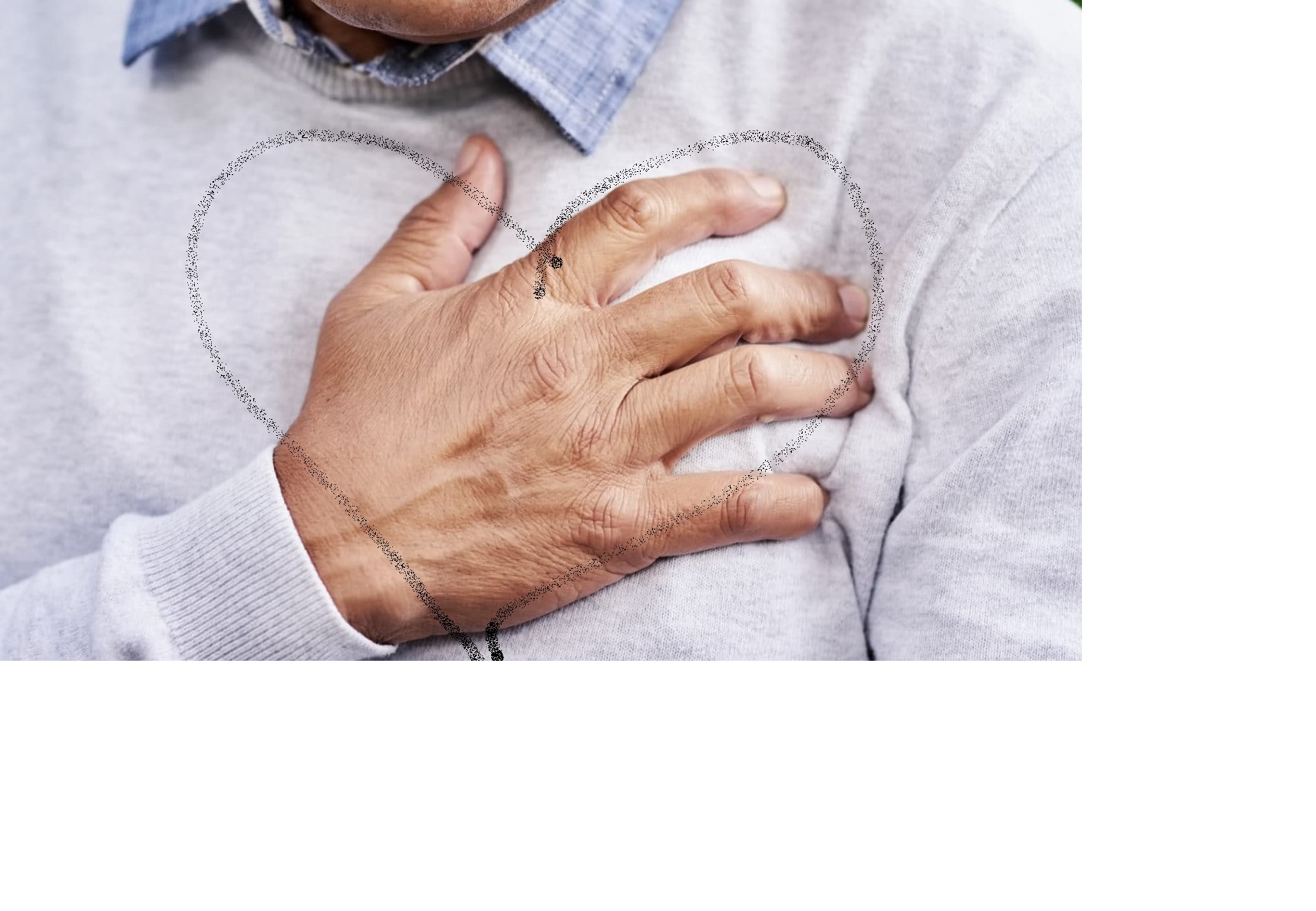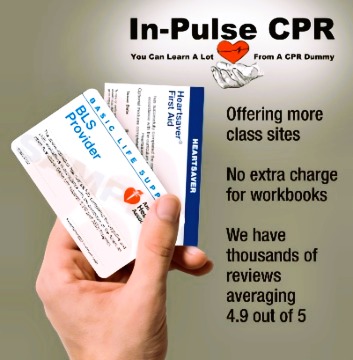Near Death Experience
What Happens to the Brain During Cardiac Arrest?
Cardiac arrest means the heart stops beating. Oxygenated blood stops circulating to the vital organs and the brain. That’s why knowing CPR is necessary. You can save a life by knowing this important and valuable life-saving skill.
Within seconds of cardiac arrest, the heart’s electrical system goes haywire, preventing the heart from pumping properly. The body and brain react immediately, as oxygen levels in the blood drop drastically. The lungs stop working, breathing ceases, and the victim loses consciousness.
Why Time is Precious During CPR
After about 4 minutes without CPR, brain damage starts. The chances of survival drop by about 10% every minute. Doing chest compressions and rescue breaths gets fresh oxygen into the lungs and bloodstream, buying critical time. Studies show CPR can double or triple survival rates. So, learning CPR should never be overlooked
When emergency responders arrive, they’ll continue advanced life support. They may use a defibrillator to shock the heart back into a normal rhythm, or give emergency medication to stimulate the heart. The sooner CPR is started, the better the chances that the heart and brain can resume functioning and remain unharmed.
While in cardiac arrest, a person’s body goes through severe stress. While some people don’t remember anything during the event, others do report memories or supernatural experiences.
Near-Death Experiences: Real or Hallucination?
Near-death experiences (NDEs) are fascinating yet controversial. Those who have had an NDE may report encounters with spiritual beings or sensations of peace, warmth and light. That makes people wonder if the experiences are real or merely hallucinations.
Theories About NDEs
Some scientists believe that NDEs are physiological effects caused by a dying brain. As oxygen levels drop, the release of neurotransmitters may create dream-like states. Others argue NDEs point to the existence of an afterlife. Those who’ve had an NDE say what they experienced seemed more vivid than any dream.
- The oxygen deprivation theory argues that a lack of oxygen can stimulate “fight or flight” responses like sensations of floating or flashes of light. However, oxygen levels don’t always correlate with the occurrence or depth of an NDE.
- The dying brain theory proposes that NDEs are a result of electrical surges in a dying brain. But some people have had NDEs when their brain showed no activity.
- According to the afterlife theory, NDEs provide a glimpse of an afterlife. However, skeptics argue that there are physiological explanations and that NDEs reflect a person’s own preexisting beliefs and expectations about death.
While there’s no scientific consensus for those who have had an NDE, there is no doubt about their experience. They describe profound insights and connections that forever changed them. Though NDEs remain a mystery, they highlight the wonder of a person’s consciousness and the eternal questions of life and death.
One Golfer’s Account
Some people do not remember anything, but they still think the experience is surreal. One of these people is Bernard Gallagher, a former professional golfer who played in eight Ryder Cup golf events. When he was 64 years old, in August 2013, a cardiac arrest left him in a coma for a whole week.
Bernard reported that he died on three separate occasions. Each time, an automated external defibrillator (AED) brought him back to life. He had been giving a speech at a golf club in Aberdeen, Scotland when he suddenly passed out and fell to the floor. An acquaintance said that the golfer had been slurring his words earlier in the day before he gave the speech during the evening dinner gathering..
Initially, Bernard was given mouth respiration for 20 minutes, followed by a shock from the hotel’s AED. While in transit to the hospital, a defibrillator was required a few more times. Not only that, the golfer was fitted with an implantable cardioverter-defibrillator (ICD) – a battery-powered device that detects and prevents arrhythmia, or an irregular heartbeat.
Because the defibrillator played a strong influence in Gallagher’s survival, he and his wife have dedicated themselves to making people aware of the importance of using AEDs, as demonstrated by this YouTube video.
First-Hand Accounts of Near-Death Experiences During CPR
The accounts of those who have been clinically dead and brought back to life are both harrowing and hopeful.
During those brief moments, when a CPR patient is unconscious, they may report experiencing a surreal sense of peace, their lives flash before their eyes or they have encounters with spiritual beings.
- One man who suffered cardiac arrest and “died” for over 90 minutes reported drifting out of his physical body. He saw his own unconscious form below him as doctors worked to revive him. He described feeling completely at ease and enveloped in a bright, warm light.
- A woman who was without a pulse for nearly 30 minutes recalled watching doctors perform CPR from the ceiling of the emergency room. She said an angelic figure guided her through a review of her life’s most meaningful moments and relationships. Though she knew her physical body had died, she felt comforted knowing her essence would continue.
- Other accounts describe a feeling of crossing into an afterlife waiting area, where spiritual guides prepared them to review their lives so they could determine whether they were ready to move on from the physical world or return to their earthly bodies. Some were given a choice to return, often motivated by a sense of unfinished purpose or obligation to loved ones left behind.
While there are certainly more scientific explanations for the experiences that happen during periods of little to no brain activity, those who are revived from CPR often have a new profound appreciation for life.
The people who perform CPR, as well, find that life holds new meaning for them as well when they save a life.
What One Study Revealed
One study revealed that up to an hour after patient hearts stopped, some of the people revived with CPR, clearly remembering their near-death experience. Their brain patterns, when unconscious, still were linked to memory and thought. This finding was published in the journal, Resuscitation.
The research study, performed by investigators at NYU’s Grossman School of Medicine, stated that some of the survivors of cardiac arrest reported a very lucid death experience. What they went through, according to many patients, was much more vivid than a dream.
The study, which included a group of patients who received brain monitoring, revealed that 40% of these individuals had reached a flatline state that returned to normal – even one hour into CPR. Technology in the form of an EEG captured the patients’ condition during the event.
What if what the Bible says about death is real?
“Jesus said to her, ‘I am the resurrection and the life. The one who believes in me will live, even though they die; and whoever lives by believing in me will never die. Do you believe this?'”
John 11:25-26
The Transformative Power of Near-Death Experiences
Near-death experiences often have a profound and lasting impact on those who report them. While the medical and scientific communities debate the explanations and implications for those who have an NDE, the experience is intensely real and personally transformative.
A New Perspective on Life
Coming face to face with your own mortality has a way of reprioritizing your values and shifting your perspective on life in meaningful ways. Again, many people describe a newfound appreciation for life, loved ones, and simple pleasures.
Material concerns that once seemed so important fade into the background. There is a desire to pursue more purpose and meaning, to spread kindness, and make a positive difference however small.
Loss of Fear of Death
No longer seeing death as an ending, but rather a transition into something greater, releases the fear and anxiety that often surrounds it. This allows people to live more fully in the present. pursue their dreams and lead lives of purpose without regret. For some, this manifests as a willingness to take more risks or make big life changes to align with their passions or values.
A Connection to Something Greater
NDEs frequently involve a sense of connection to something bigger than ourselves, whether some call it God, a higher power, the universe or pure love. This spiritual awakening cultivates an inner peace, gratitude, and compassion.
Differences that once divided us become insignificant in the grander scheme of things. We realize we are all fellow travelers on this human journey, each seeking happiness and meaning in our own way.
These life-changing aftereffects of near-death experiences point to the immense transformative power they wield. For those fortunate enough to return and share their story, the ripple effects on all who listen can be equally moving and motivational.
News reports indicate that 40% of people who undergo CPR and survive cardiac arrest do have memories, a dreamlike experience, or some type of perception while they’re unconscious. Brain activity, according to research studies, shows an awareness, sometimes up to an hour before resuscitation and resumption of heart activity.
It’s truly a miracle to save someone by CPR or to be saved by CPR. That is why everyone should have this skill. The best way to receive the training is to take a basic life support (BLS) CPR/AED course.
Taking the course on site is best, as it places you into a real-life scenario. Going through the process leaves you better prepared to do one of the most meaningful things you’ll ever do – save a life or make a profound difference in another person’s life.




